Lab 5 - Force on a Wire
Introduction
A stationary or moving electric charge will experience a force when placed in an electric field. On the other hand, an electric charge has to be moving to experience a force due to a magnetic field. A current in a wire is due to moving electrons. Therefore, a current-carrying wire will experience a force when placed in a magnetic field. Measuring the force exerted by a magnetic field on the wire with a known current flowing through it offers one method to determine the strength of the magnetic field.Discussion of Principles
The magnitude of the force exerted by a magnetic fieldB
on a short, straight wire of length L that carries a current I is given by the equation

( 1 )
F = ILB sin θ
B
and 
L .
.
Here the vector  .
. L
gives the direction of the flow of current in the wire.
In this experiment, the angle between 
L
and 
B
will always be 90°, so

( 2 )
F = ILB.
(L ),
),
the middle finger in the direction of the magnetic field  ),
), (B ),
),
and the thumb gives the direction of the force. See Fig. 1 below. On paper, we use X to indicate a magnetic field directed into the page and  ),
),  to indicate a magnetic field directed out of the page.
to indicate a magnetic field directed out of the page.
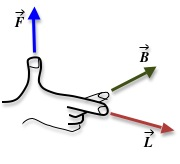
Figure 1: Right-hand rule
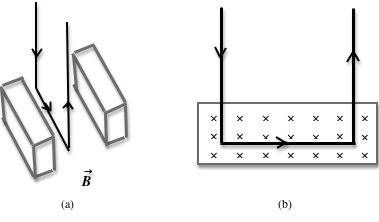
Figure 2: Two views of a rectangular loop in a magnetic field
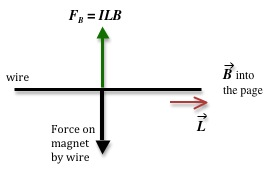
Figure 3: Force diagram
Objective
The objective of this experiment is to determine the magnitude of the magnetic field by measuring the force experienced by a current-carrying wire placed in this magnetic field.Equipment
- Magnet assembly
- Digital balance
- Rectangular loop of wire of multiple turns
- Ring stand
- Signal interface with power output
- Capstone software
- Multimeter
- PASCO RLC Circuit board
- Meter stick
- Connecting wires
Procedure
Please print the worksheet for this lab. You will need this sheet to record your data. The wire loop has different numbers of turns. This allows you to change the length of the wire through which the current flows. You will perform the experiment by varying the length of the wire for a constant current. In the second part of the experiment, you will measure the force for different currents flowing through the same length of wire.1
Open the Capstone file associated with this lab, which starts the Capstone program. A screen similar to Fig. 4 is displayed.
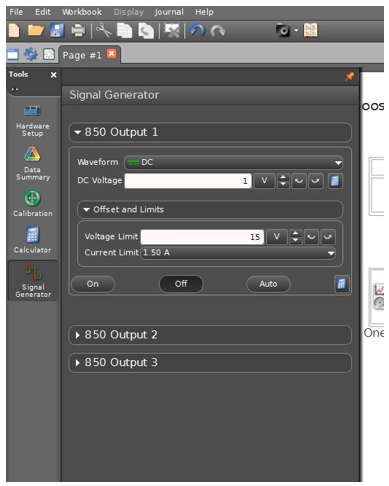
Figure 4: Screenshot of Capstone file
2
Turn on the digital balance and wait for the display to read zero grams. Then carefully place the magnet assembly on the measuring pan.
Dropping the magnet on the measuring pan will permanently damage the scale.
3
Measure the mass of the magnet, and record this value on the worksheet.
4
Attach the main unit to the ring stand so that the lever arm can swing upward from horizontal.
5
Attach a current loop to the end of the main unit.
6
Position the equipment so that the current loop extends into the top notch of the magnetic assembly without touching the sides or the bottom. See Fig. 5.
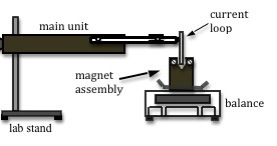
Figure 5: Side view of apparatus
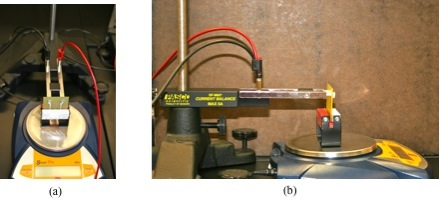
Figure 6: Photo of front and side view of experimental set-up
7
Make the circuit connections as follows.
-
•Connect the positive terminal of the power output of the interface to the 10-ohm resistor located on the PASCO RLC Circuit board.
-
•Connect the other resistor terminal to an arm of the main unit.
-
•Connect the remaining arm of the main unit to a multimeter that will serve as an ammeter.
-
•Then connect the second terminal of the ammeter back to the negative terminal of the power output. This will complete your circuit. Your circuit should now look like Fig. 7.
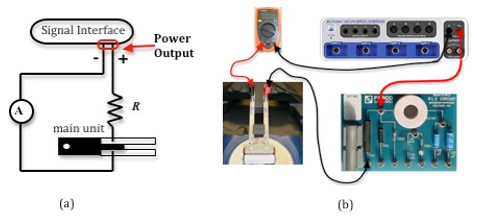
Figure 7: Circuit diagram
Checkpoint 1:
Ask your TA to check your circuit before proceeding.
Ask your TA to check your circuit before proceeding.
Procedure A: Force versus Length
You will be using current loops of 37, 38, 39, and 40 for this part of the experiment. Fig. 8 shows examples of three of these current loops.
Figure 8: Photo of three different current loops
8
Measure and record the length of each wire. Think about what part of the current loop you should measure. Record this length on the worksheet.
9
Make sure that the AUTO button is active in the signal generator window, not the ON button. See Fig. 9.
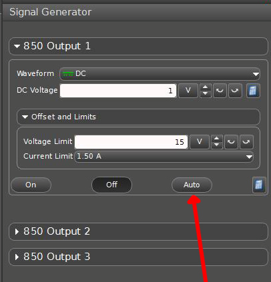
Figure 9: Signal generator window
10
Extend the edge of the current loop into the magnet assembly. Supply a current of about 0.3 amps to the circuit by increasing the voltage to 5 volts in the signal generator window.
11
Click START and record the current and the new value for the mass in Data Table 1.
12
Repeat steps 10 and 11 for all four loops.
13
Complete Data Table 1 on the worksheet.
14
Calculate the average current applied to the loops.
15
Using Excel plot a graph of force versus length. See Appendix G.
16
Use the trendline option in Excel to get the best fit line to your data and calculate the slope. See Appendix H.
Enter this value on the worksheet.
17
Calculate the magnitude of B from the slope and enter this value on the worksheet.
Checkpoint 2:
Ask your TA to check your table values and graph.
Ask your TA to check your table values and graph.
Procedure B: Force versus Current
18
Use the current loop labeled sf 38.
19
Vary the current to span 5 values between –0.3 amps and 0.3 amps by adjusting the voltage on the signal generator window.
20
Click START and record the absolute mass for each of the five current values.
21
Complete Data Table 2 on the worksheet.
Be sure to use the correct sign for the force on the wire.
22
Using Excel, plot a graph of force versus current.
23
Use the trendline option in Excel to get the best fit line to your data and calculate the slope. Enter this value on the worksheet.
24
Calculate the magnitude of B from the slope and enter this value on the worksheet.
25
Determine the percent difference between the values for B calculated in procedures A and B. See Appendix B.
Checkpoint 3:
Ask your TA to check your table values and graph.
Ask your TA to check your table values and graph.

